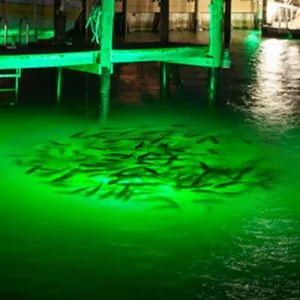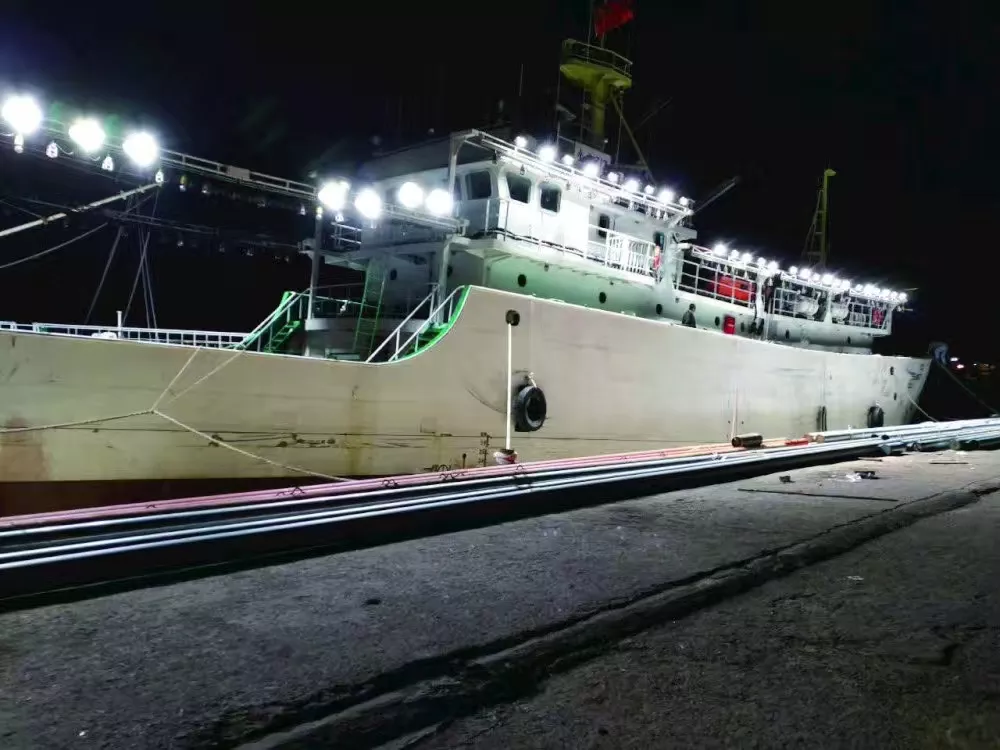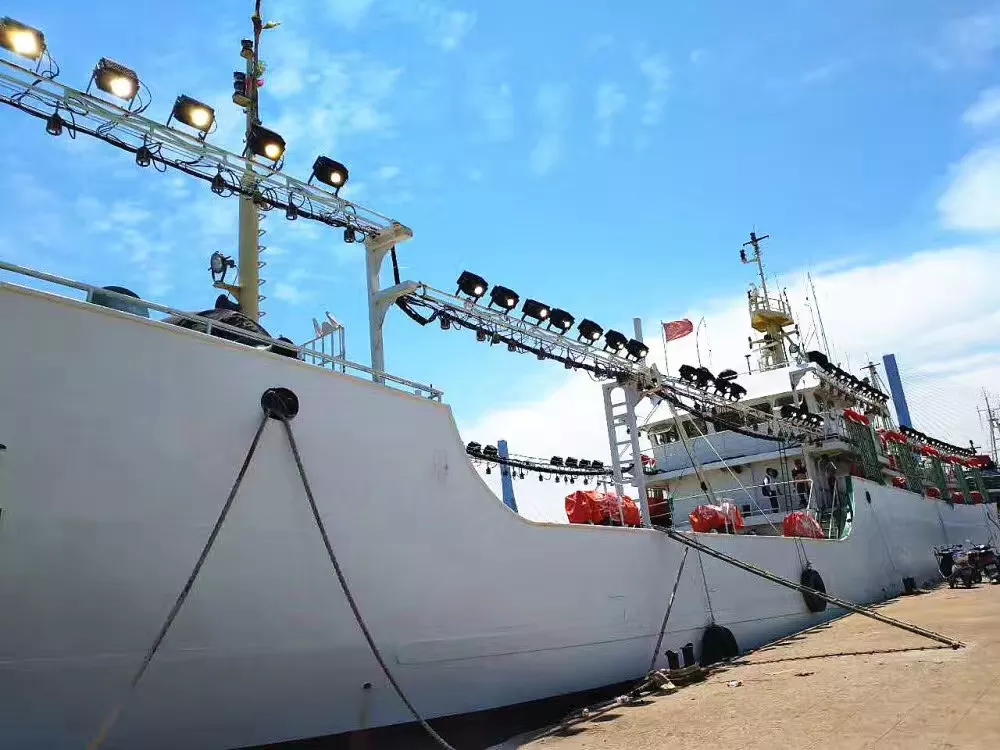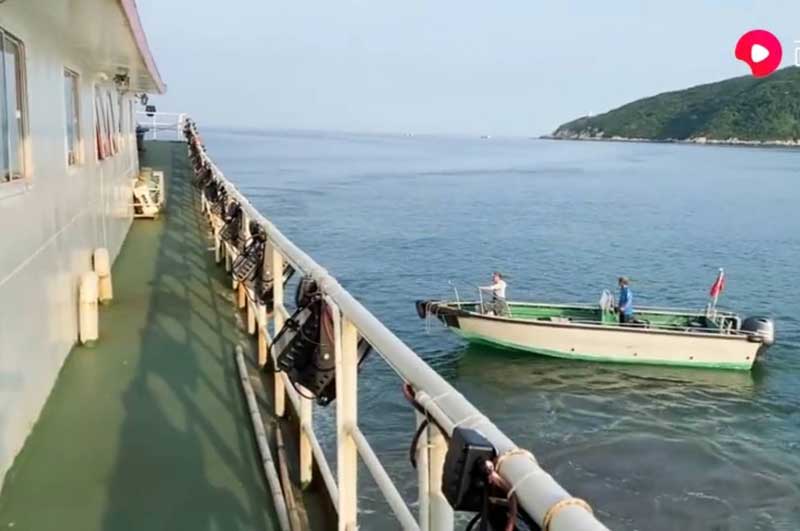Advantages of LifePO4 lithium battery
1963Advantages of LifePO4 lithium battery
View details
Certain fish have a lightly-developed physiological habit, just like the moth flashing light phenomenon we are very familiar with. There are also small creatures that are nutritious to low light, such as moonlight and lights, because they will eat their bait. At the same time, only some fish will attract light, some fish will not attract light, and some fish will even avoid light. Therefore, fishing lights can only catch light-tending fish.
Don’t think that the ocean at night is only black and muddy and cannot be fished for production. In fact, thousands of years ago, fishermen knew that fish like light. The fishermen installed a barbed wire barrel on the outboard side of the ship and lit pine wood to lure fish. When the fish sees the fire, it will gather downstream of the fire. Now, with the development of wheeled fishing, electric lights have been used to lure fish. Due to the strong luminosity and ease of use, more significant effects are obtained.
Some fish have physiological habits that are slightly developed, just like the moth phenomenon we are very familiar with. Mainly small fish, such as whitebait, sardines and tuna. But don’t think these fish like any light. What they like is weak light. Therefore, under strong sunlight, they often sink to the bottom. On a bright moonlit night, they float on the water and swim toward the moon.
Some fish, such as mackerel and octopus, are susceptible to glare, because the bait they eat is small creatures that are phototaxis to low light such as moonlight and lights. These small creatures, such as krill and slender shrimp, sink to the bottom of the sea with the increasing sunlight in the morning, and then rise to the upper level of the water in the evening. These fish follow the bait creatures and move day and night, moving up and down.
Because the moonlight is bright at night, which is a few days before and after the first month of the lunar calendar, these condensing fish and small animals use moonlight as a light source. If you use light to attract them, the effect is not great, so fishermen often choose the moon. It often attracts fish in the dark and night to get a good harvest.
In addition, scientists also found that sardines, horse mackerel, etc., particularly like red light. If they are exposed to cyan and green light, their swimming will be very active. When using red light, the fish will be able to. The light source becomes denser and becomes very quiet. Therefore, when lights lure fish, some fishermen also install red light bulbs. When fish gather with white electric lights, the red light will light up, making the fish denser and quieter, which is good for catching the net.
Irradiation with specific color light can indeed promote the growth of seedlings and fish. This research is based on the “Basic Research on Promoting Fish Growth with Specific Color Light” conducted by the team of Professor Akoyoshi Takahashi of Kitasato University, Japan, using a 50-ton tank Mass production experiment conducted.

The experiment started in July
2013. In addition to natural light during the day, the livestock star flounders were irradiated with green LED light for 7 hours. It was found that the body length of the star flounder with green LED light for 3 months grew from 10 cm to 18 cm, while the star flounder without LED light only grew to 16 cm during the same period. It can be seen that the green LED light can promote the growth of star flounder by more than 10%. At the same time, the weight of the plaice irradiated by natural light grew from 18 grams to 55 grams in 3 months, while the weight of the plaice irradiated with green LED light grew from 18 grams to 86 grams, and the weight of the plaice raised by natural light increased by 1.5. Times more. Before the mass production of livestock, the team also carried out seedling breeding in the spring. It was also found that the seedlings with green LED light grew from 4 cm to 8 cm in three months, while the ones that only used natural light. It takes 4 months for the seedlings to grow to 8 cm. In addition, the team also found that in addition to star flounders, the use of LED lights can also promote the growth of other fish species, but the suitable color light for different fish species is different, and the team is further researching.

The consensus tends to indicate that green and white lights will attract the most bait fish at night. Green ha the shortest wavelength and is the best color for penetration in fresh water lakes and other inter coastal waterways. In areas with poor visibility, green will also make the water appear cleaner and reflect less particulate.
Please note. Be careful if you are using both interior and exterior LED lighting for your boat. If you decide to put green and white LED lights within the interior of your vessel you will have thousands of bugs swarming you in seconds. I personally prefer to have green and white LED’s placed on the exterior of my boat, slightly submerged. This not only helps attract more bait fish but also helps with overall visibility and keeps the bugs out of the boat. Red works best for interior lighting.
Also, make sure you boat is anchored when you begin to fish. This will allow the bait fish to stay close to the submerged LED lights. If the boat is moving the fish won’t be able to keep up, and you’ll lose a significant amount of the bait fish in the process.
The biggest reason people choose green lighting for their docks is because green light travels through the water better than many other colors, revealing both the abundant bait fish and the hungry thieves that move in to feast on them.
Green light also helps promote zooplankton growth in the waters around your dock. In turn, this attracts the bait fish, the hungry little fish who find zooplankton to be a delectable dining experience. Then, larger fish are attracted to dine on the bait fish which promotes fishing and viewing near your dock.
The quick answer is yes. LED boat lights are proven to attract swarms of bait fish and insects around the hull of the boat. As mentioned above, using white or green lights slightly submerged (about 3-6 inches) will generate a ton of bait fish activity.
Green LED lights have one of the shortest wavelengths in the color spectrum, meaning that it will penetrate further through the water before it scatters. In turn, zooplankton is attracted to this green light and will quickly swim to the surface to pursue the light source. Bait fish such as shrimp and squid will chase the zooplankton to the surface. Then, the predatory game fish that we’re after follow in pursuit. The LEDs set off a food chain reaction which delivers game fish right to the boat.
There are several reasons why some fishermen prefer fishing at night. Oftentimes it depends on the environment, the fish they are trying to catch, or simply the time they have available. One major reason why some anglers prefer night fishing is that there is less competition.


Our LED Fishing Light: 500W LED Fishing Light / 300W LED Fishing Light
How to dissipate heat from LED lights?LED Chip Heat Dissipation
View detailsHow to Choose Solar Parking lot Lights, solar courtyard light
View detailsSKD for Solar Street Lights; What is Solar Street Light Parts?
View details
HelloPlease log in